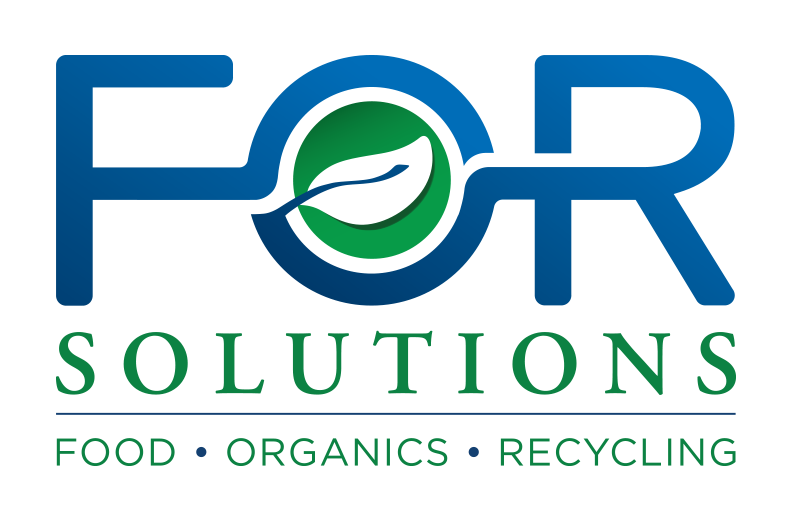COVID-19 & Food for Thought
The on-going COVID-19 pandemic has illuminated many aspects of modern society that are simply not sustainable. One of them is the current food system. Yet to be accurately determined amounts of food have been unable to be distributed and, therefore, have been wasted either intentionally or unintentionally. Part of the reason for the waste is the distance that so much food must be transported before reaching consumers. With the various lockdowns and other disruptions to society’s infrastructure, the ability to deliver food to its destination has been compromised.
This highlights the importance, perhaps urgency, for more widespread adoption of a different food system, one that is based on local food production and distribution. A sustainable model for food production in the 21st century will have to embrace smaller, more local farms with a corresponding infrastructure for distribution of food from the farm to the consumer, be it residential or commercial.
This raises the question of whether or not smaller, local farms will be able to meet the demand for food in the 21st century as effectively as their larger 20th century counterparts. One major change in how farming is accomplished will almost certainly concern how the soil is managed. Inputs of synthetically produced fertilizer will need to be replaced with compost made locally from uneaten food that is collected locally. This model epitomizes a circular economy because the recovered resource, the uneaten food, is converted into a marketable commodity, compost, which is returned to the food system to sustain production of food in the next growing season.
A reasonable question is whether or not enough compost can be produced to meet the needs of farms. The answer is probably not, but the potential is there to make a serious contribution. Here are some ‘back-of-the-envelop” calculations.
Assumption 1: 40 million tons of uneaten food available annually for composting
Assumption 2: 1 ton of recovered food = 1 ton of compost (will vary depending on the technology used to produce the compost, but this ratio is available with the patented FOR Solutions food composting biotechnology)
Assumption 3: 1.25 acres of land is needed to provide the annual food needs for one person (eating a typical American diet, much less land is needed to provide a plant-based diet)
Assumption 4: 5 tons of compost will be applied per acre of farm (about 1” of compost)
40 million tons of compost / 5 tons of compost per acre = 8 million acres
8 million acres / 1.25 acre per person = 6.4 million people
If we recovered all of the uneaten food generated annually and used it to create compost that was then used to revitalize the soil on 8 million acres of land - ideally on-site or locally to where the food is recovered - such as abandoned lots in cities, we might be able to produce enough food to feed 6.4 million people (or roughly the entire state of Indiana) annually. Twenty years ago, The Brookings Institute Center on Urban & Metropolitan Policy released as part of its Survey Series a report titled Vacant Land in Cities: An Urban Resource, in which it was suggested that on average the 83 cities studied had over 12,000 acres (median was 4,500 acres) of “usable vacant land.” To modify a suggestion of the report, vacant land is a key competitive asset for implementing sustainable food system strategies. More recently, research has suggested, “Urban intensive food production using soil amendments produced from locally-sourced organic wastes in Northern and Eastern U.S. cities could meet up to 70% of current vegetable and 17% of current fruit consumption needs. Urban food production at this level would require 2,000 - 4,000 hectares [4,950 – 9,900 acres] for a population of one million, and has significant green infrastructure potential.”
Food for thought!


